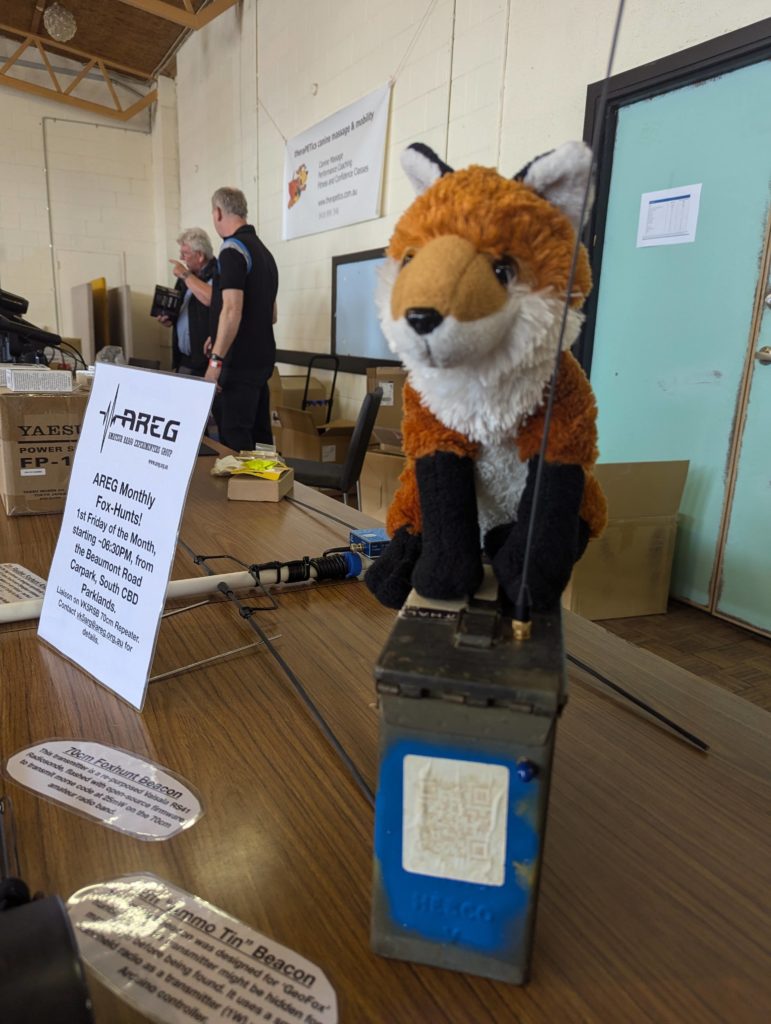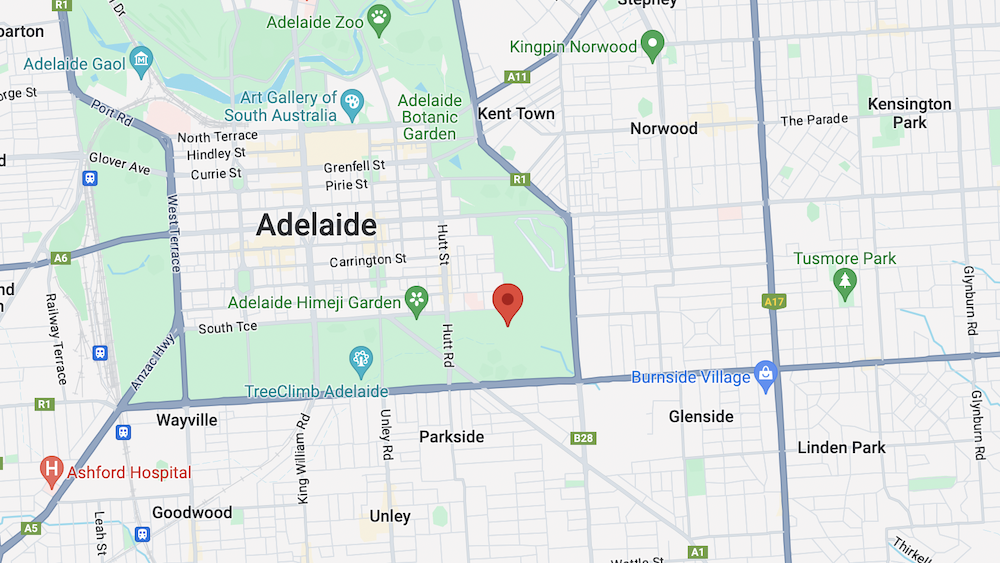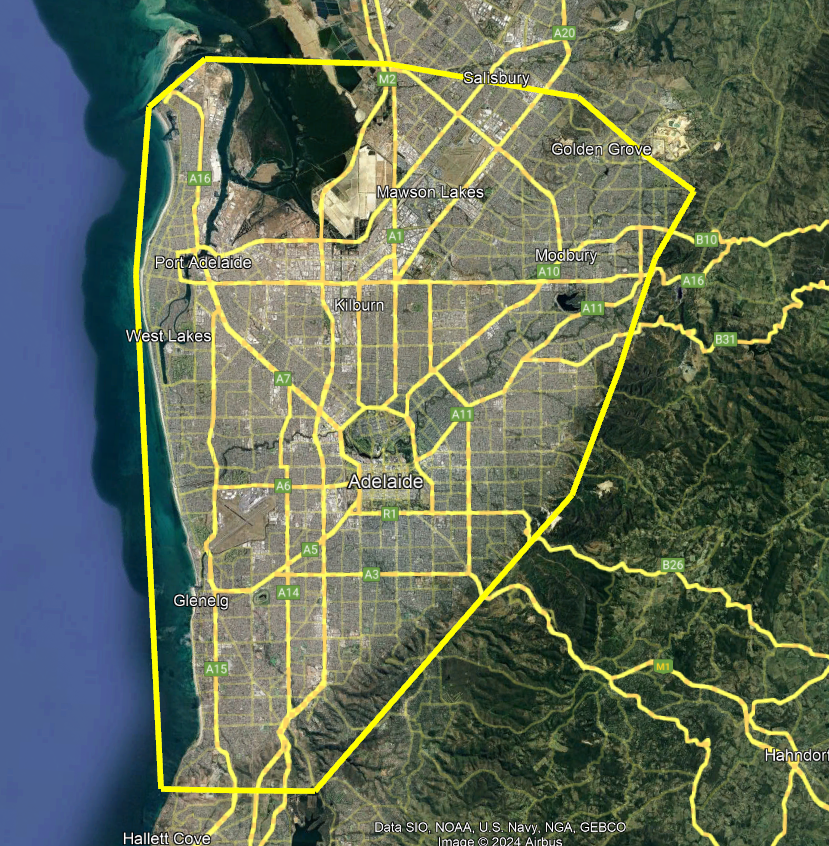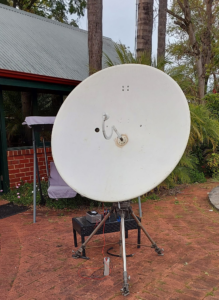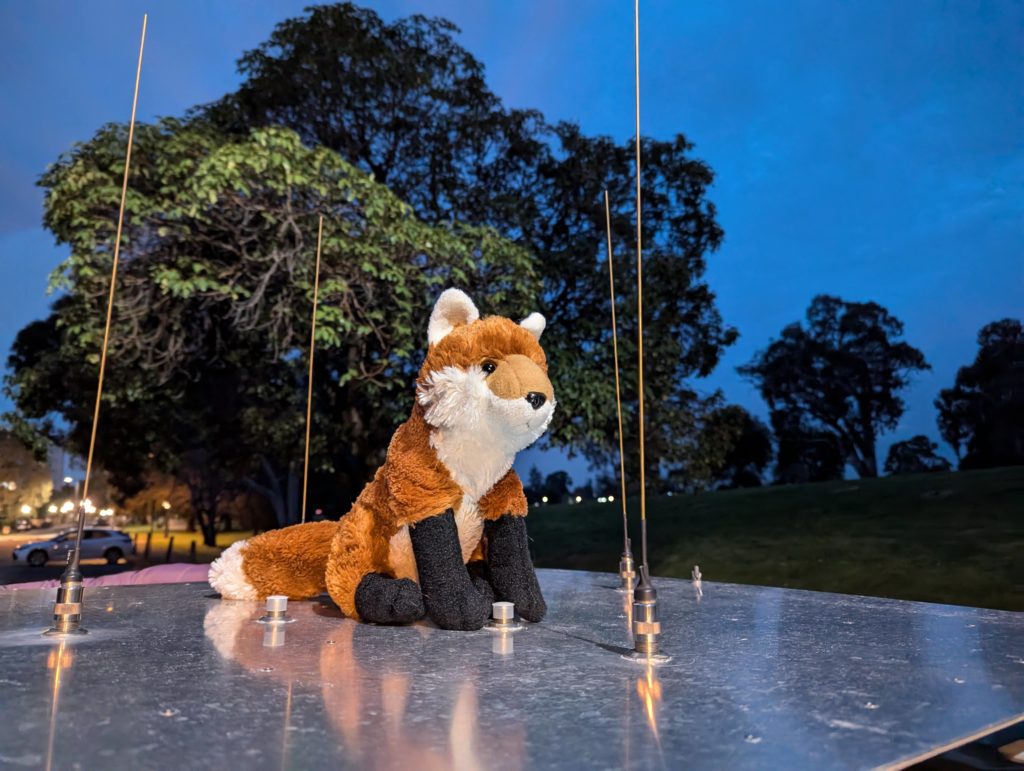This talk was recorded, and is available here:
The next AREG meeting will be held on Friday the 15th of November at the Fulham Community Centre – Phelps Court, Fulham, with doors opening at 7:00 PM, and the presentation kicking off at 7:30 PM. Everyone is welcome!
 This month’s presentation will be by Tony VK3JED, giving us an introduction to the M17 digital voice mode. Tony will discuss the history of this mode, how it differs from other existing digital voice modes, and how you can get on air using this mode. Tony will also demonstrate the first commercial radio with M17 included, the CS7000!
This month’s presentation will be by Tony VK3JED, giving us an introduction to the M17 digital voice mode. Tony will discuss the history of this mode, how it differs from other existing digital voice modes, and how you can get on air using this mode. Tony will also demonstrate the first commercial radio with M17 included, the CS7000!
If you’ve never come along to one of our meetings, we’d love to see you there, all guests are welcome. For our remote members, the meeting will be broadcast via Zoom.
After the talks we’ll all be given an opportunity to have an eyeball QSO among ourselves whilst enjoying a tea or coffee and a biscuit.
73, Mark VK5QI








